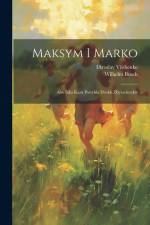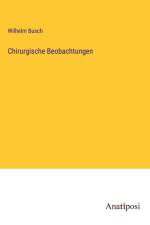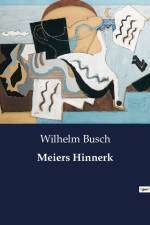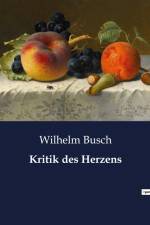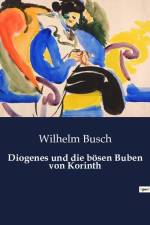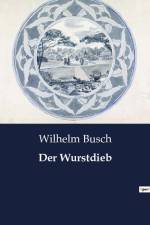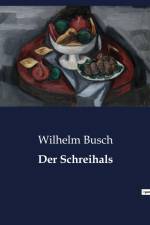av Wilhelm Busch
265,-
Grad ausgestreckt in der Ebene und Hof an Hof lag das alte friedliche Dorf, die Häuser mit Stroh gedeckt. Und jedes Haus hatte rückwärts sein Gärtchen und hinter jedem Gärtchen sein Ackerfeld, und durch jedes Feld ging ein Grasweg, ein breiter, nach der heckenumgrenzten Wiese, und hinter sämtlichen Wiesen stand der hohe schattige Wald.Es war ein heiterer Tag zu Anfang des Herbstes, wenn durch die Luft schon die silbernen Mettken schweben. Aus allen Gehöften, wie nachmittags gewöhnlich, kamen die kleinen Hirten und Hirtinnen mit ihren Kühen.Auch Meiers Hinnerk hatte zwei, eine schwarze und eine braune, am Strick, um sie, zunächst den Grasweg beweidend, allmählich der Wiese entgegenzuführen. Zwölf Jahre war er alt, flachshaarig und wohlgenährt. Längst war ihm die verblaßte leinene Hose zu eng und zu kurz geworden. Hinten drauf, einander gegenüber, gleich einer blauen Brille, saßen sogar schon, zu seinem Verdruß, zwei zirkelrunde dunklere Flicken; ein Werk der nehrigen Mutter, die immer behaupten wollte, in alten Hosen sähen Jungens am strammsten und gesundesten aus.




![The Power of Sound Or, the Effect of Music, With a Moral, an Engl. Version [Of Der Virtuos, by W. Busch] by A.B. Westmacott af Wilhelm Busch](https://cdnbackdoor.tales.as/thumbnail/150x225/products/00296/93325/the-power-of-sound-or-the-effect-of-music-with-a-moral-an-engl-version-of-der-virtuos-by-w-busch-by-ab-westmacott.jpg)
![Naughty Jemima [tr. In Verse By J. Maclush From Die Fromme Helene By W. Busch] af Wilhelm Busch](https://cdnbackdoor.tales.as/thumbnail/150x225/products/00296/66825/naughty-jemima-tr-in-verse-by-j-maclush-from-die-fromme-helene-by-w-busch.jpg)
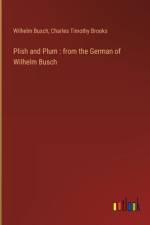

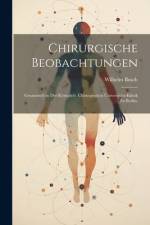
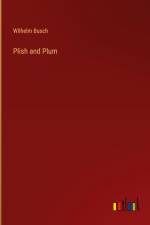
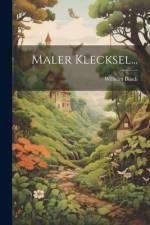
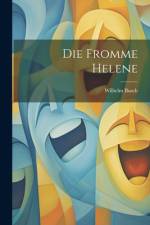


![Naughty Jemima [tr. In Verse By J. Maclush From Die Fromme Helene By W. Busch] af Wilhelm Busch](https://cdnbackdoor.tales.as/thumbnail/150x225/products/00219/39229/naughty-jemima-tr-in-verse-by-j-maclush-from-die-fromme-helene-by-w-busch.jpg)



![The Power of Sound Or, the Effect of Music, With a Moral, an Engl. Version [Of Der Virtuos, by W. Busch] by A.B. Westmacott af Wilhelm Busch](https://cdnbackdoor.tales.as/thumbnail/150x225/products/00217/54218/the-power-of-sound-or-the-effect-of-music-with-a-moral-an-engl-version-of-der-virtuos-by-w-busch-by-ab-westmacott.jpg)

